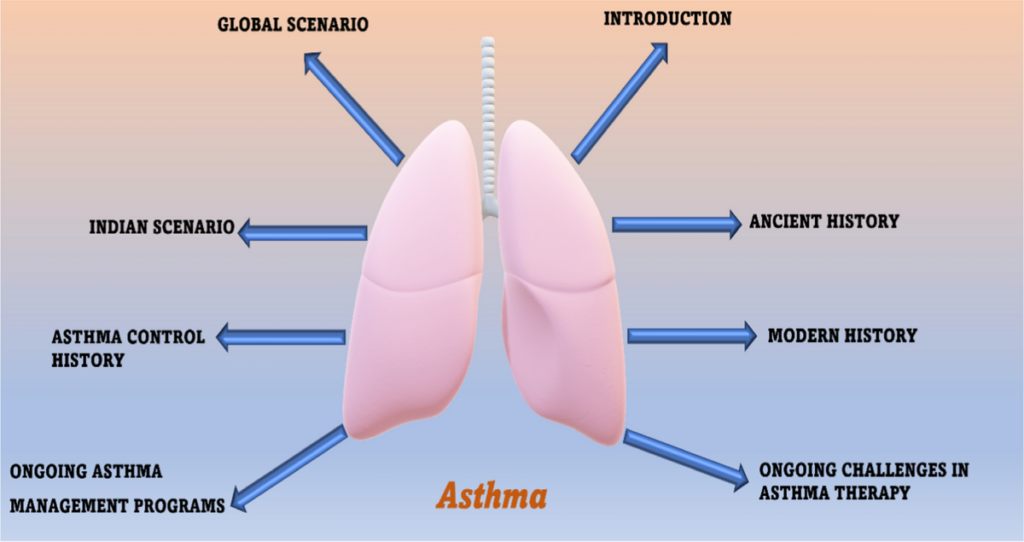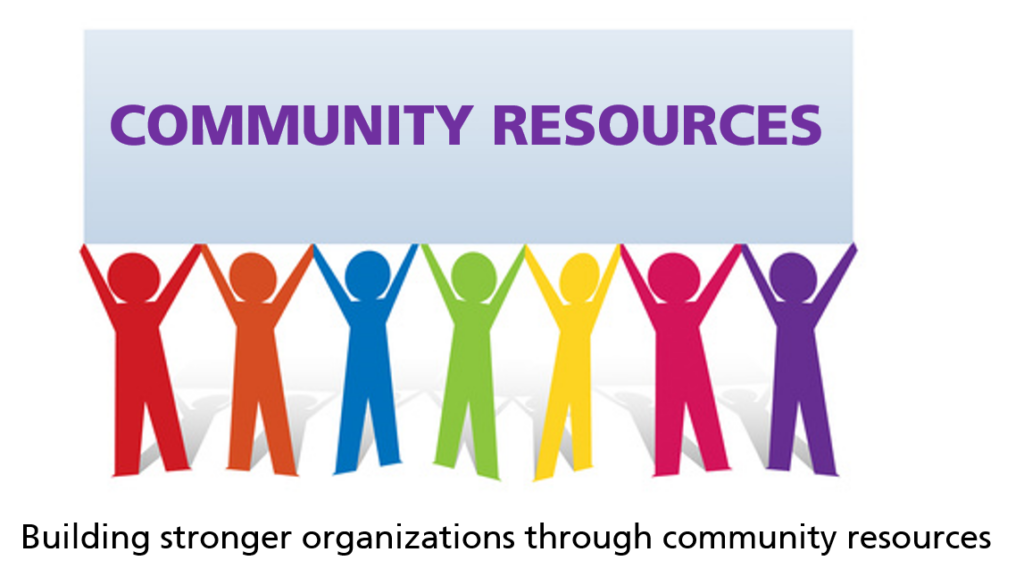Asthma is a chronic respiratory condition that affects millions of people worldwide. Managing asthma can be expensive, involving medication, doctor visits, lifestyle adjustments, and sometimes hospitalisations. Understanding how to manage these costs effectively is crucial for individuals and families dealing with asthma. This article provides comprehensive strategies to help you reduce the costs associated with asthma management without compromising your health.
Understanding Asthma Management Costs
Asthma management involves both direct and indirect costs. Direct costs include medication, doctor visits, and hospitalisations, while indirect costs may involve lost productivity, lifestyle changes, and home modifications. By understanding these costs, you can find ways to manage and reduce them effectively.
Direct vs. Indirect Costs
Direct costs are those that you can immediately identify, such as the price of medications, doctor appointment fees, and hospital stay expenses. Indirect costs, on the other hand, include things like time off work, decreased productivity, and lifestyle changes necessary to manage asthma. Balancing these costs is essential to maintaining both your health and your budget.
Medication Expenses
Medications are often the most significant expense in asthma management. This includes daily controllers like inhaled corticosteroids and rescue inhalers for sudden attacks. Understanding the cost difference between generic and brand-name medications can significantly impact your budget.
Doctor Visits and Hospitalisations
Regular visits to healthcare providers for check-ups, asthma action plans, and emergency treatments can add up. Hospitalisations for severe asthma attacks can be particularly costly. Planning and prevention play key roles in reducing these expenses.
Lifestyle and Environmental Control
Managing asthma involves maintaining a clean and trigger-free environment, which can incur additional costs. This includes air purifiers, hypoallergenic bedding, and possibly even moving to a different climate or environment to reduce exposure to asthma triggers.

Effective Medication Management
One of the primary ways to reduce asthma management costs is through effective medication management. This includes choosing the right medications, adhering to prescribed regimens, and utilising available assistance programs.
Generic vs. Brand-Name Medications
Generic medications can be significantly cheaper than their brand-name counterparts and are often just as effective. Discuss switching to generic medications to save on costs with your healthcare provider.
Utilising Patient Assistance Programs
Many pharmaceutical companies offer patient assistance programs that provide medications at a reduced cost or even for free to eligible patients. Research these programs and apply if you qualify to reduce your medication expenses.
Medication Adherence to Prevent Flare-Ups
Adhering to your medication regimen can prevent costly flare-ups and emergency room visits. Consistent use of controller medications helps maintain stable asthma control, reducing the need for additional treatments.
Optimising Doctor Visits
Regular doctor visits are essential for managing asthma, but there are ways to optimise these visits to reduce costs.
Scheduling Regular Check-Ups
Regular check-ups with your healthcare provider help monitor your asthma and adjust treatments as needed, preventing more expensive emergency visits. Plan these visits to ensure they are effective and comprehensive.
Telemedicine as a Cost-Effective Alternative
Telemedicine appointments can be a more affordable and convenient for routine check-ups and consultations. Many insurance plans now cover telemedicine, making it a viable option for reducing healthcare costs.
Importance of a Tailored Asthma Action Plan
Working with your healthcare provider to develop a tailored asthma action plan can help manage your asthma more effectively and prevent costly emergencies. This plan should include medication schedules, trigger avoidance strategies, and steps to take during an asthma attack.

Preventative Measures to Reduce Costs
Preventative measures are essential in managing asthma and reducing associated costs. By taking steps to prevent asthma attacks and manage symptoms, you can avoid expensive treatments and hospitalisations.
Identifying and Avoiding Triggers
Understanding your asthma triggers and taking steps to avoid them is crucial. Common triggers include allergens, smoke, pollution, and stress. Identifying these triggers and making necessary lifestyle changes can prevent costly asthma flare-ups.
Regular Use of Peak Flow Meters and Other Monitoring Tools
Monitoring tools like peak flow meters helps you keep track of your asthma control and take action before symptoms worsen. Regular monitoring can prevent severe attacks and reduce the need for emergency care.
Importance of Flu Shots and Vaccinations
Respiratory infections can exacerbate asthma symptoms. Getting annual flu shots and staying up-to-date with other vaccinations can help prevent these infections and the associated costs of managing asthma exacerbations.
Leveraging Health Insurance
Understanding and effectively using your health insurance can significantly reduce asthma management costs.
Understanding Your Health Insurance Plan
Familiarise yourself with the details of your health insurance plan, including what it covers and the out-of-pocket costs for medications, doctor visits, and hospitalisations. This knowledge allows you to make informed decisions about your care.
Maximising Benefits and Coverage
Take full advantage of your health insurance benefits. This includes using in-network providers, understanding copays and deductibles, and exploring additional coverage options for asthma management tools and medications.
Appeals and Negotiations with Insurance Companies
Don’t hesitate to appeal the decision if your insurance denies coverage for certain treatments or medications. Sometimes, negotiating with your insurance company or having your healthcare provider advocate on your behalf can result in better coverage and reduced costs.

Home and Environmental Modifications
Creating an asthma-friendly home environment is essential for reducing asthma symptoms and associated costs.
Creating an Asthma-Friendly Home
Maintaining a clean and allergen-free home can significantly reduce asthma triggers. This includes regular cleaning, using air purifiers, and ensuring good ventilation.
Cost-Effective Ways to Reduce Allergens
Simple measures like using dust-mite-proof covers on mattresses and pillows, washing bedding regularly in hot water, and keeping pets out of the bedroom can reduce allergens without significant expense.
Investing in Air Purifiers and Hypoallergenic Bedding
While there may be an upfront cost, investing in high-quality air purifiers and hypoallergenic bedding can reduce long-term asthma management costs by preventing flare-ups and improving overall air quality in your home.
Lifestyle Adjustments
Making certain lifestyle adjustments can improve asthma control and reduce costs associated with managing the condition.
Incorporating Regular Exercise Safely
Exercise is important for overall health, but choosing activities that don’t trigger asthma symptoms is crucial. Working with your healthcare provider to develop a safe exercise plan can improve your health without exacerbating asthma.
Dietary Changes to Support Respiratory Health
A healthy diet can support respiratory health and overall well-being. Foods rich in antioxidants, vitamins, and minerals can help reduce inflammation and improve asthma control.
Stress Management Techniques
Stress can trigger asthma symptoms. Incorporating stress management techniques such as yoga, meditation, and deep breathing exercises can help reduce stress and improve asthma control.
Community and Support Resources
Accessing community and support resources can provide additional help and reduce costs associated with asthma management.
Joining Asthma Support Groups
Support groups provide a platform to share experiences, tips, and encouragement. They can also provide access to resources and information to help manage asthma more effectively and cost-efficiently.
Accessing Community Health Resources
Many communities offer health resources such as free or low-cost clinics, asthma education programs, and support services. Taking advantage of these resources can help manage asthma more affordably.
Educational Resources and Workshops
Participating in educational workshops and resources from organisations like the Asthma and Allergy Foundation can provide valuable information on managing asthma and reducing costs.

Conclusion
Reducing the costs of asthma management is possible with careful planning and proactive measures. You can manage asthma effectively without breaking the bank by understanding your condition, optimising medication and doctor visits, making lifestyle and environmental changes, and leveraging available resources. Remember, the key is to stay informed, take preventative measures, and utilise the available support and resources.